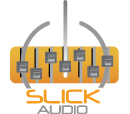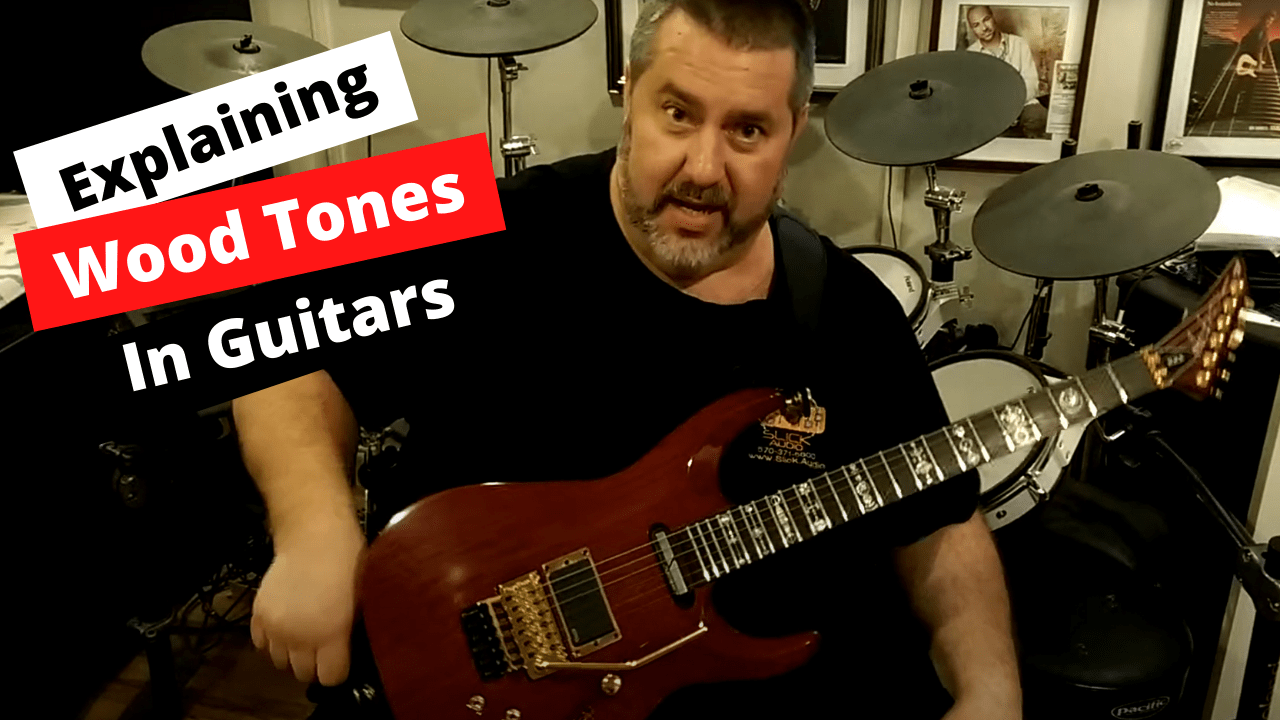What wood makes the best sounding guitar?
Let’s talk tone woods today. Jim discusses one of his favorite guitars, his purple Jackson Custom shop guitar. In the video below, he wanted to discuss the setup of this guitar and how tone woods affect the sound, feel and play of this instrument. We took a moment to transcribe the video. It’s not perfect, but you can get a feel for what he’s trying to explain.
Tonewoods for Electric Guitars
Let us talk about some tonewoods today and some guitars being that’s like one of my favorite things in the world to talk about and play. This is my Jackson, Custom Shop signature that Pablo Santana built for me. All of them as well great guys over the Custom Shop, tonewoods Purple Heart top on this one. We also have a purple cap on the headstock ebony fretboard. I like ebony the best. I think it has the nicest attack smoothest across the board for some nice red heart abalone inlays there. If you look at the back, we have a Hawaiian koa figure: 2 wine koa, my favorite tonewood of all time for bodies, and then we have a three-piece: bird’s-eye maple neck on this guy. That goes up and it’s um. You know the pickup-wise. I use an EMG 81 traditionally in the bridge. I think it’s a very neutral pickup. It does not tend to color the sound at all. It’s it lets they would speak on this particular guitar and several of my signatures. I use a Sustanic, which is a nice-sounding pickup overall. I need stuff that a Sustanic can do so cool setup, but overall, all idea is you have got to match your tonewoods to what you are looking to play from a style of music. Your fingers obviously have a lot to do with what is coming out of the guitar.
I am a Floyd Rose guy; I like the sustain. I like the fact that I can play a show and not have to tune in. Tuning a guitar I think, is the most unprofessional thing in the world when somebody is sitting there doing the guitar in the middle of a show. But hey that is my opinion. So yeah, I tend to like the Floyd Bridge a lot for that reason and you got an out of work with them and to set them up. Once you do, it is no more difficult than any other bridge. But you know that the tonality of these woods and the pickup combinations also is a mattress way. Amplifiers you’re using, you just started me playing through an LAA Custom amp that I just picked up at NAMM. It is the PO50 model, a great little amplifier. I also play Masa Mark 5, Engle E670, and EL34 Special editions. And you know you saw Fractal Effects across the board, but I just used them for the effects of what you were hearing. Here now you know that was the l am just in its pure screaming glory, so good stuff.
But the point I am trying to make is your tonewoods, along with your pickup combinations, along with the lovely tubes and these amplifiers or sub-state, whatever you happen to be using, and your fingers of course really make the sound of the guitar and one thing that I’ve always hated. For example, everybody says no Jackson guitars, the events at metal guitar, really, what is a metal guitar? I could play metal on a stinking Fender Strat and make it sound as gnarly as anything that you have ever heard. It is here guys. You know it really is here and, of course, the way a set up your amplifier, your facts, etc., etc. You know–and these things I can make these you know to sing and dance. I could play funk. I can play jazz. I can move over to the most screaming metal or prog. That you would ever want to hear, of course, interested a solo by a rush on there, but the fact that matter is it is: it’s not the brand of guitar that decides. You know what your music and musicality and tonality should be. It is your player, and what tones that you are looking for, so keep this video a little shorter because they know I am getting long-winded. The whole point of the eye of this video is for when you are recording, you know you want to try to match your tones to the song. Remember, it’s about the song, it’s not about you, know the guitar or the amp or you know what you like. It’s it has to be for the song is: what’s going to make you the money so when you’re recording on a Slick Audio, DAW computer, of course, we make computers.
Everybody has this thing that we make software, but we don’t. I don’t care if you use Pro Tools, Steinberg, or whatever we don’t care. You know, use whatever you want to use where Windows, computer DAW. You know me: it’s a workstation there. Therefore, it’s the aww, but whatever coeval doesn’t matter. Our machines don’t go down and, like other brands, have to begin with them. They just work so any who lets us get back to it. The whole idea is, you want to pick a guitar and an amplifier and a combination that really goes with the song, and remember guys, your fingers do most of the work, and how you’re approaching the guitar and the attack of the guitar do anything you want to do cheers.





